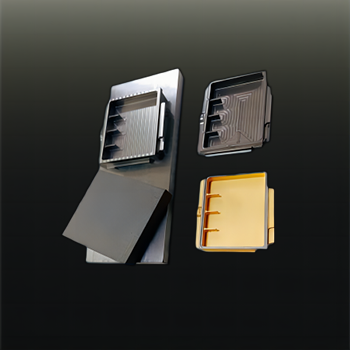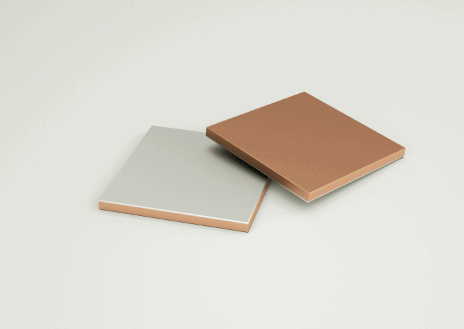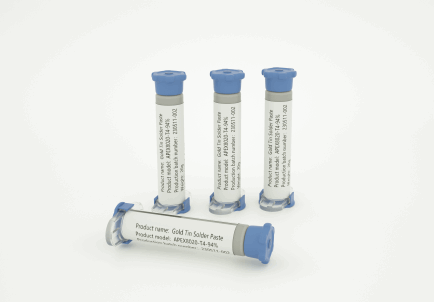What are the characteristics of alloy materials?
What are the characteristics of alloy materials?
Alloy materials, as an important part of modern industrial and technological development, have been widely used in aerospace, automobile manufacturing, construction, electronic equipment and other fields. Alloys not only retain the original excellent properties of metals, but also enhance their mechanical, chemical and physical properties by combining different metals or elements. The characteristics of alloy materials make them one of the solutions to many contemporary technical and engineering problems.
1. Improvement of mechanical properties
A notable feature of alloys is their enhanced mechanical properties. By mixing two or more metals in a specific proportion, a material that is harder and more durable than a single metal can be made. Taking steel as an example, iron, as a common metal, has good ductility and magnetic conductivity in the pure iron state, but its strength is low and it is easy to deform. By adding carbon elements to form carbon steel, the hardness, strength and wear resistance of iron are significantly improved, making it the preferred material in the construction and manufacturing fields.
Take aluminum alloy as an example. Aluminum itself is light and corrosion-resistant, but its strength is insufficient to meet the needs of high-strength applications. Adding copper, magnesium and other elements to aluminum can produce alloys that are stronger than pure aluminum. They are widely used in the aerospace and automotive industries, ensuring lightness while enhancing compressive and tensile strength. This ability to optimize the mechanical properties of materials makes alloy materials the first choice for all types of load-bearing structures.
2. Corrosion resistance and chemical stability
Another key feature of alloy materials is their excellent corrosion resistance. In many industrial applications, materials need to withstand harsh environmental conditions, such as high temperature, humidity, acid and alkali environments. Some alloys can significantly improve their corrosion resistance by adding specific elements. For example, stainless steel is named after the addition of chromium to steel. Chromium can react with oxygen in the air to form a dense protective film of chromium oxide, thereby preventing steel from further oxidation and rusting.
Common alloys used in marine engineering, such as copper-nickel alloy (Cu-Ni), improve the corrosion resistance of copper by adding nickel. Especially in salt water environments, this alloy material has a longer service life than pure copper. Another example is titanium alloy, which has excellent corrosion resistance and is often used in aerospace and medical fields. In some highly corrosive environments, the chemical stability and corrosion resistance of alloys are important factors that determine their application range.
3. Electrical conductivity and thermal conductivity
Electrical conductivity and thermal conductivity are important physical properties of metal materials. Pure metals such as copper and silver have very excellent electrical conductivity, so they are widely used in cables and electronic equipment. However, in some cases, we need to balance electrical conductivity with material strength or corrosion resistance. Alloy materials have become an ideal choice for many engineering applications by optimizing other properties of materials while maintaining good electrical conductivity.
For example, brass (copper-zinc alloy) not only has good electrical conductivity, but is also harder and more corrosion-resistant than pure copper, and is often used in electrical contactors and terminals. In high-temperature environments, molybdenum alloys have good thermal conductivity and electrical conductivity, and can maintain structural strength, and are often used as electrode materials for high-temperature furnaces. In electronic devices and heat exchange equipment, alloy materials provide guarantees for the heat dissipation and stable electrical performance of equipment by optimizing their thermal conductivity.
4. Heat treatment performance and processability
Alloy materials can usually further improve their performance through heat treatment processes. Heat treatment can change the microstructure of the alloy, optimizing its hardness, toughness and ductility. For example, the strength of aluminum alloy can be significantly improved after quenching and aging. In mold manufacturing and parts production, alloys are often strengthened through heat treatment processes to meet performance requirements in different scenarios.
In addition, the processability of alloy materials is usually better than that of pure metals. By controlling the proportion of elements in the alloy, the melting point, hardness and ductility of the material can be adjusted, making it easier to process by casting, forging, rolling or drawing. For example, brass and bronze have better cutting performance than pure copper and are suitable for making complex parts. The flexibility and plasticity of alloy materials during processing greatly improves production efficiency and reduces manufacturing costs.
5. Application prospects and challenges of alloys
With the continuous advancement of science and technology, the research and development direction of alloy materials is also expanding. For example, in the field of aerospace, lightweight and high-strength titanium alloys and aluminum alloys are the main materials for aviation equipment. In addition, magnesium alloys, with their ultra-light weight and good shock absorption, have begun to be used in portable electronic devices and the automotive industry, and are expected to have more extensive applications in the future.
However, alloy materials also face some challenges. The first is the material cost issue, especially the alloys of rare metals such as titanium and nickel, which have relatively high costs, limiting their wide application in some fields. Secondly, the environmental friendliness of some alloys needs to be improved. For example, some high-performance alloys will emit a large amount of waste gas and wastewater during the production process, which brings environmental burden. How to control costs and reduce environmental impact while ensuring material performance is still an important topic in the future research and development of alloy materials.
As an important cornerstone of modern science and technology, alloy materials are and will continue to promote the innovation and development of many industries. They not only solve many bottleneck problems in industrial production by improving material performance, but also provide possibilities for the realization of new technologies. For example, the shell of electric vehicle batteries requires materials that are both lightweight and corrosion-resistant, and magnesium alloys and aluminum alloys are ideal choices. In addition, with the popularization of 5G technology, antennas and other electronic devices require highly conductive, lightweight and durable materials, which is also inseparable from the innovation of alloy materials.
With their diverse excellent properties, alloy materials play an irreplaceable role in modern industry, technology and life. With the further development of materials science and the continuous emergence of new alloys, we have reason to believe that alloys will continue to play an important role in the future high-tech era.
The above is the main characteristics of alloy materials. In addition to providing a variety of standard and non-standard cutting-edge metal alloy materials, Apex-New Material can also meet customers' different product size and precision requirements, and customize special metal alloy materials for customers according to the characteristics of the solder itself. If you need to know more about metal alloy materials, you can contact us at: sales@apex-material.com





